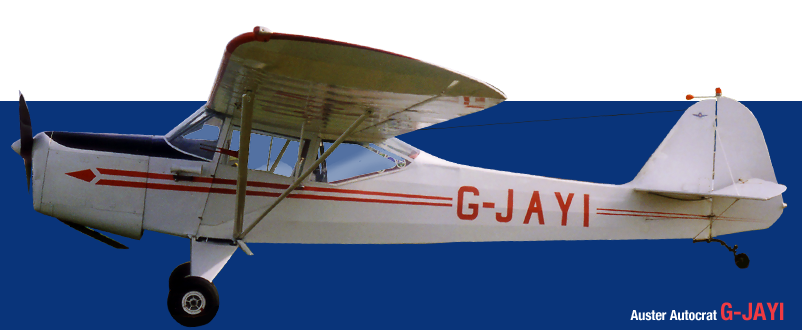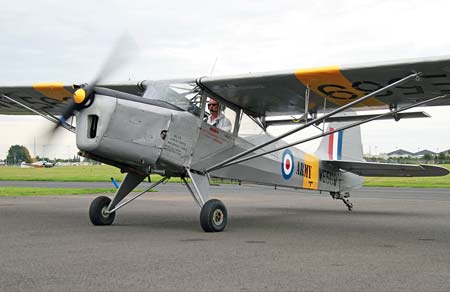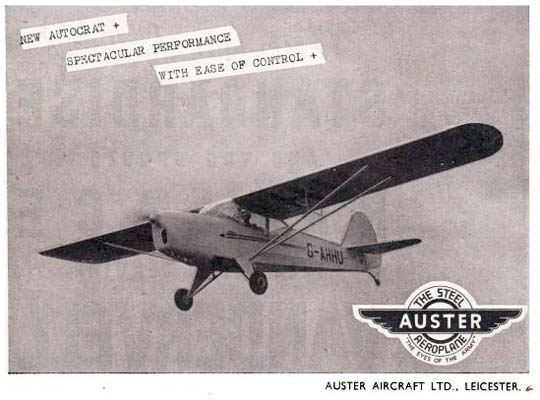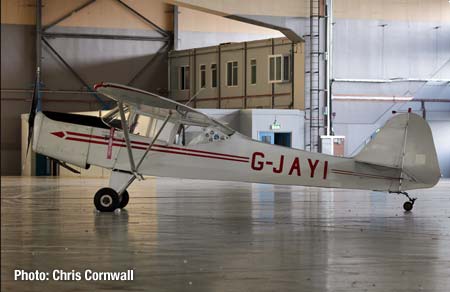
G-AMSV Returns to Coventry
An old friend returned to Coventry yesterday when G-AMSV, in her striking Indian Air force livery, landed here for extensive maintenance by our engineers. Sierra Victor was part of the Air Altantique fleet here for many years. She'll...
Baginton Air Pageant
The initial details for the Baginton Air Pageant are up on the website! As we don't have the space for a full-on air show attracting 20,000 or so people, we're aiming for low-key, themed days like this. A couple of thousand people,...
Newquay Pleasure flights
We promised we'd be back to fly in Cornwall, and here we are. We'll be heading south with a Rapide and Chipmunk to spend a week at Newquay from 25th July, with a further visit planned in August. The flights are bookable in the normal...
New Dakota Book
Geoff Jones just told me that his new book on the DC-3, released to celebrate the 80th anniversary of the Dak's appearance, is now available. The cover sports a lovely shot of G-ANAF, shot by Simon Westwood before her radome goiter was...
Nimrod Engine Run
We've just confirmed plans by NPT to run all four of the Nimrod's Rolls-Royce Speys on Saturday 9th May. We expect the thunder to start just after lunchtime. Come along and enjoy some audio power - and please dip into your pockets...


The Auster's ancestry is tangled with that of the iconic American high-wing spotter plane, the magnificent Piper Cub. The Cub was designed by an Englishman named Clarence Gilbert Taylor - known to everyone as "CG". He founded Taylor Brothers, an aircraft manfucaturing company that developed a series of light, highly successful machines, one of which was the Cub. His company attracted investment from a farmer's son named William Thomas Piper. Together they laid the foundations of one of the world's most famous light aviation companies.
Differences between Piper, the businessman, and Taylor, the designer, became more and more serious, and in 1935 Taylor split to form the Taylorcraft Aircraft Company. As WW2 consumed Europe, CG opened a subsidiary company in Nottinghamshire. Taylorcraft Aeroplanes Ltd of Thurmaston, soon to become known as British Taylorcraft, designed and built a small range of light planes. Among them was one which was to become, in its own way, as iconic as the Piper. Christened the Auster Mk 1 it was to become the mainstay of British military observation and liaison duties.
As an observation aircraft, the Auster quickly proved its merits. Light, simple and rugged it could operate from forward airstrips and its outstanding slow flying abilities made it perfect for precision reconnaissance duties such as artillery registration. In skilled hands, the Auster could squeeze in and out of fields that would have been suicidal if attempted in most alternatives of the day.
Auster is the name used by the ancient Romans for the south wind. Given its ability to float on a breeze, even to fly gently backwards, under perfect control, in a forty-knot headwind, it's possible there was an element of irony in the christening!
In 1946, Taylorcraft changed its name to Auster and moved production facilities to Rearsby Aerodrome. It was around this time that G-JAYI was born.
Austers are still to be seen as the cherished possessions of vintage aviators. Powerful for its size, ruggedly simple and rewarding to fly, it's a delightful little workhorse that deserves preservation for future generations.




